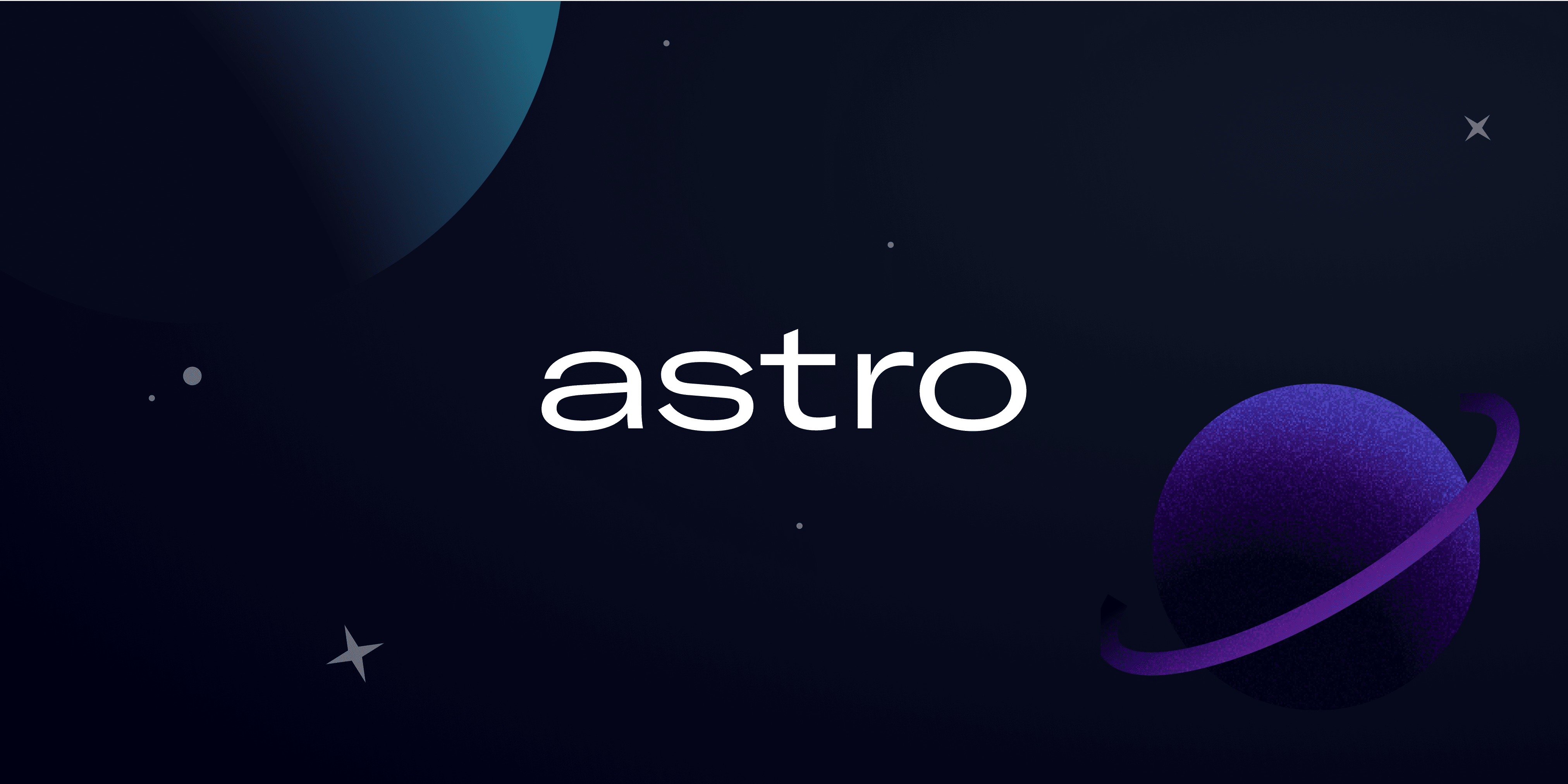Authoring Content in Markdown
Starlight supports the full range of Markdown syntax in .md files as well as frontmatter YAML to define metadata such as a title and description.
Please be sure to check the MDX docs or Markdoc docs if using those file formats, as Markdown support and usage can differ.
Inline styles
Text can be bold, italic, or strikethrough.
Text can be **bold**, _italic_, or ~~strikethrough~~.You can link to another page.
You can [link to another page](/getting-started/).You can highlight inline code with backticks.
You can highlight `inline code` with backticks.Images
Images in Starlight use Astro’s built-in optimized asset support.
Markdown and MDX support the Markdown syntax for displaying images that includes alt-text for screen readers and assistive technology.

Relative image paths are also supported for images stored locally in your project.
// src/content/docs/page-1.md
Headings
You can structure content using a heading. Headings in Markdown are indicated by a number of # at the start of the line.
How to structure page content in Starlight
Starlight is configured to automatically use your page title as a top-level heading and will include an “Overview” heading at top of each page’s table of contents. We recommend starting each page with regular paragraph text content and using on-page headings from <h2> and down:
---
title: Markdown Guide
description: How to use Markdown in Starlight
---
This page describes how to use Markdown in Starlight.
## Inline Styles
## HeadingsAutomatic heading anchor links
Using headings in Markdown will automatically give you anchor links so you can link directly to certain sections of your page:
---
title: My page of content
description: How to use Starlight's built-in anchor links
---
## Introduction
I can link to [my conclusion](#conclusion) lower on the same page.
## Conclusion
`https://my-site.com/page1/#introduction` navigates directly to my Introduction.Level 2 (<h2>) and Level 3 (<h3>) headings will automatically appear in the page table of contents.
Asides
Asides (also known as “admonitions” or “callouts”) are useful for displaying secondary information alongside a page’s main content.
Starlight provides a custom Markdown syntax for rendering asides. Aside blocks are indicated using a pair of triple colons ::: to wrap your content, and can be of type note, tip, caution or danger.
You can nest any other Markdown content types inside an aside, but asides are best suited to short and concise chunks of content.
Note aside
:::note
Starlight is a documentation website toolkit built with [Astro](https://astro.build/). You can get started with this command:
```sh
npm create astro@latest -- --template starlight
```
:::Custom aside titles
You can specify a custom title for the aside in square brackets following the aside type, e.g. :::tip[Did you know?].
:::tip[Did you know?]
Astro helps you build faster websites with [“Islands Architecture”](https://docs.astro.build/en/concepts/islands/).
:::More aside types
Caution and danger asides are helpful for drawing a user’s attention to details that may trip them up. If you find yourself using these a lot, it may also be a sign that the thing you are documenting could benefit from being redesigned.
:::caution
If you are not sure you want an awesome docs site, think twice before using [Starlight](../../).
:::
:::danger
Your users may be more productive and find your product easier to use thanks to helpful Starlight features.
- Clear navigation
- User-configurable colour theme
- [i18n support](/guides/i18n)
:::Blockquotes
This is a blockquote, which is commonly used when quoting another person or document.
Blockquotes are indicated by a
>at the start of each line.
> This is a blockquote, which is commonly used when quoting another person or document.
>
> Blockquotes are indicated by a `>` at the start of each line.Code blocks
A code block is indicated by a block with three backticks ``` at the start and end. You can indicate the programming language being used after the opening backticks.
// Javascript code with syntax highlighting.
var fun = function lang(l) {
dateformat.i18n = require('./lang/' + l);
return true;
};```js
// Javascript code with syntax highlighting.
var fun = function lang(l) {
dateformat.i18n = require('./lang/' + l);
return true;
};
```Long, single-line code blocks should not wrap. They should horizontally scroll if they are too long. This line should be long enough to demonstrate this.Other common Markdown features
Starlight supports all other Markdown authoring syntax, such as lists and tables. See the Markdown Cheat Sheet from The Markdown Guide for a quick overview of all the Markdown syntax elements.